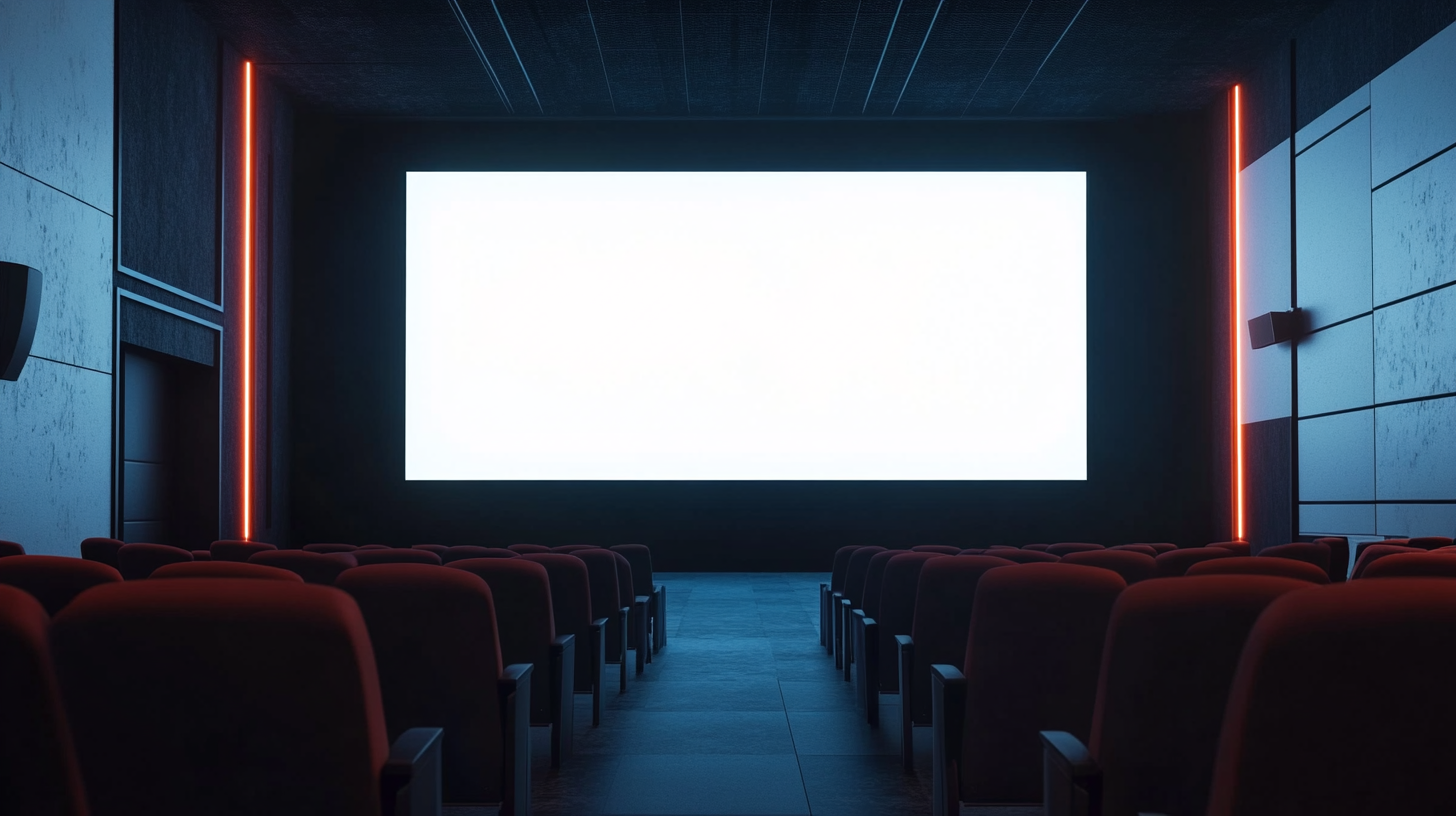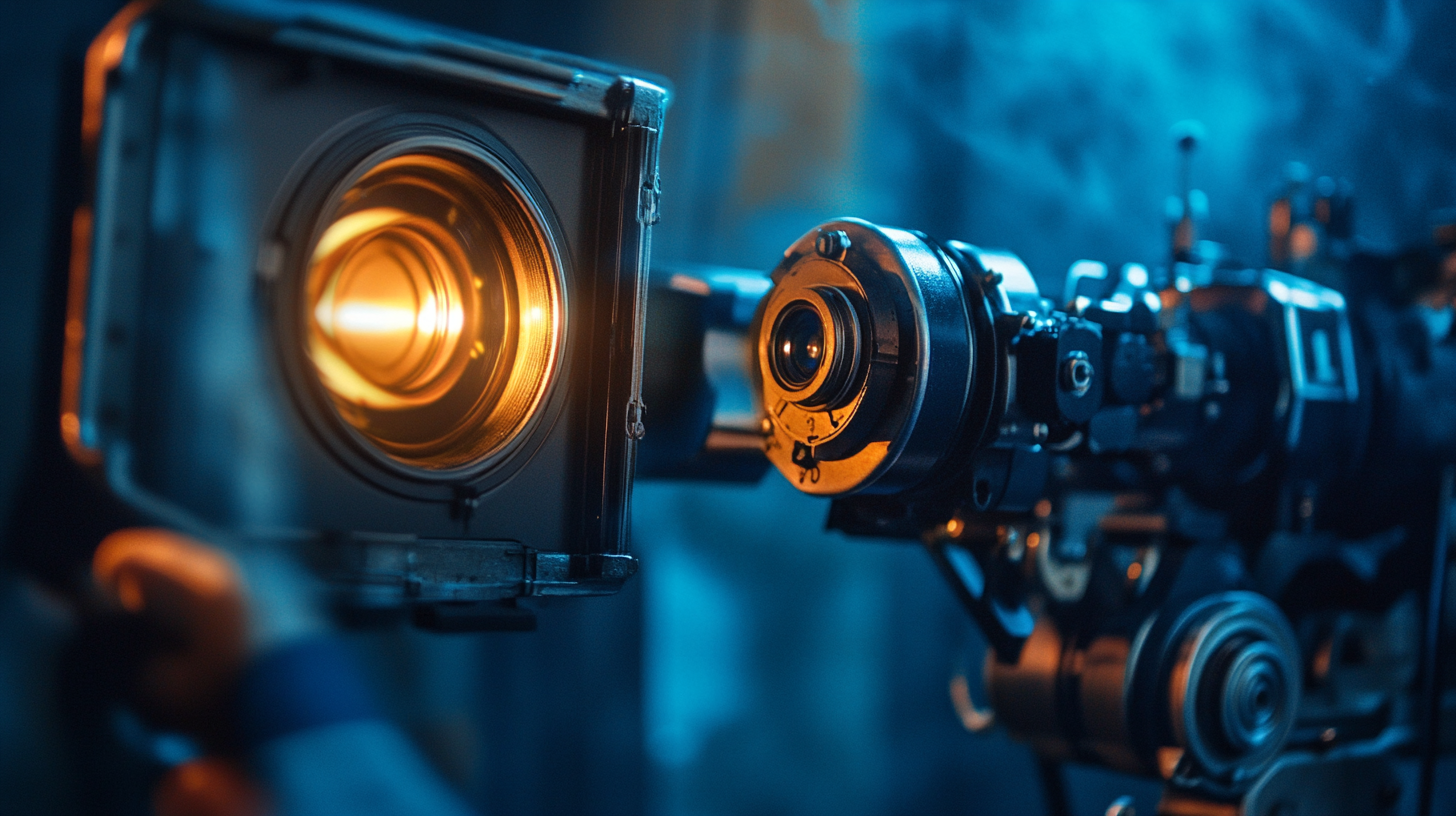Leave Your Message
When it comes to upgrading or replacing the display technology in projectors, choosing the right LCD panel is crucial for optimal performance. According to recent industry reports, the demand for high-quality projector replacement LCD panels has surged, with an estimated market growth rate of 8.2% annually between 2021 and 2026. This growth is driven by the increasing use of projectors in both professional and educational settings, where image clarity and color accuracy are paramount. Selecting the appropriate projector replacement LCD panel involves understanding various factors, including resolution, contrast ratio, and panel size, each of which plays a significant role in achieving the desired visual experience. With the right information and careful consideration, users can make informed decisions that enhance their projector's capabilities and longevity, ensuring that their investment yields the best possible outcomes.

When it comes to replacing the LCD panel in your projector, understanding the different types available is crucial to ensure optimal performance and longevity. The most common types of LCD panels include TFT (Thin Film Transistor) and IPS (In-Plane Switching). TFT panels are often lauded for their faster response times and cost-effectiveness, making them well-suited for budget-friendly projects. However, they can sometimes struggle with color accuracy and viewing angles, which may be a concern for users needing precision in presentations or cinematic experiences.
On the other hand, IPS panels provide superior color reproduction and wider viewing angles, allowing for vibrant visuals that are essential for high-quality projections. While they tend to be pricier, the investment can enhance the overall viewing experience, especially in environments where multiple viewers will be watching from various angles. Additionally, it's vital to consider the resolution and compatibility of the LCD panel with your projector model to ensure seamless integration. By weighing the strengths and weaknesses of each type, you can make an informed choice that best suits your projector replacement needs.
This chart illustrates the different types of LCD panels commonly used for projector replacements and their respective market share percentage.
Evaluating brightness levels is crucial when selecting the right LCD panel for your projector. Brightness is typically measured in lumens, and the higher the lumen rating, the more vivid and impactful your visuals will be. This is particularly important in environments with ambient light, where a brighter panel can help maintain image clarity and color accuracy. When determining the necessary brightness for your projector, consider the room's lighting conditions and the size of the projected image.
When choosing an LCD panel, remember to check the specifications carefully. Look for a panel that offers adjustable brightness settings, allowing you to optimize performance based on varying lighting conditions. Additionally, consider testing the panel in your specific environment, if possible; this can give you a better sense of how it interacts with your space's lighting.
A common tip is to opt for a panel with a good contrast ratio in conjunction with higher brightness levels. A high contrast ratio will enhance depth and detail, making your visuals pop even in well-lit environments. Another recommendation is to consult reviews or forums specific to projector technology, as user feedback can provide insights on real-world performance that technical specifications may not fully convey.
| Panel Model | Brightness (Lumens) | Contrast Ratio | Resolution | Best Use Case |
|---|---|---|---|---|
| Model A | 3000 | 2000:1 | 1920x1080 | Home Theater |
| Model B | 4500 | 3000:1 | 1280x720 | Presentations |
| Model C | 5000 | 4000:1 | 3840x2160 | Cinema |
| Model D | 1000 | 1000:1 | 800x600 | Basic Use |
When selecting a replacement LCD panel for your projector, the resolution is a critical factor that directly impacts the visual quality and performance of your device. Start by assessing the native resolution of your existing projector. For instance, if your projector supports a Full HD resolution (1920x1080), replacing it with a panel of equal or higher resolution is essential to maintain image sharpness and detail. A mismatch in resolution can lead to a frustrating viewing experience with blurriness or pixelation, diminishing the overall effectiveness of the projector.
Additionally, consider the type of content you'll be projecting. If your primary use involves high-definition videos or intricate presentations, opting for an LCD panel with a higher resolution, such as 4K (3840x2160), can significantly enhance clarity and depth. However, if your needs are more basic, like displaying simple slideshows or documents, a lower resolution panel may suffice. Understanding your specific use case can help streamline your decision-making process, ensuring that the new panel complements your projector's capabilities instead of hindering them.

When selecting an LCD panel for projector replacement, the aspect ratio plays a crucial role in determining overall image quality. Aspect ratio, which refers to the width-to-height ratio of the image displayed, significantly impacts how content is perceived. A mismatched aspect ratio can lead to distorted images, cropped visuals, or even black bars on the sides of the screen. According to a report by the Consumer Technology Association, 70% of viewers notice when their content doesn't match the expected aspect ratio, underlining the importance of choosing a panel that aligns with your projector's specifications.
Most projectors support standard aspect ratios like 4:3, 16:9, or 16:10, depending on the types of media being displayed. For example, 16:9 is ideal for modern widescreen content, while 4:3 is often preferred for legacy presentations. A 2022 study by DisplayMate Technologies highlights that displays with an aspect ratio matched to the content can enhance the viewing experience by up to 40%, delivering sharper images with better detail and color accuracy. Therefore, when selecting an LCD panel, consider not just the technical specifications but also the aspect ratio to ensure optimal visual performance in your projector applications.

When selecting an LCD panel for projector replacement, it's crucial to consider manufacturer reliability and warranty options, as they can significantly impact the overall performance and longevity of your projector. According to the latest industry report by IDC, around 40% of LCD panel failures can be traced back to manufacturing defects. Therefore, researching the manufacturer's track record in producing durable and high-quality panels is essential.
Additionally, warranties play a critical role in safeguarding your investment. A comprehensive warranty can often indicate a manufacturer's confidence in their product quality. Most reputable manufacturers offer warranties ranging from one to three years, but some premium brands extend their coverage up to five years. This information is key, as it highlights the difference in quality assurance among various suppliers. In a survey conducted by ABI Research, 65% of professionals indicated they would prefer brands that provided robust warranty support, reinforcing that reliable warranties can help mitigate risks associated with projector downtime. It's clear that a thorough assessment of manufacturer reliability and warranty terms is fundamental to ensure a successful projector repair or replacement.
